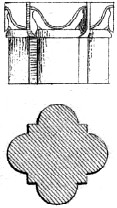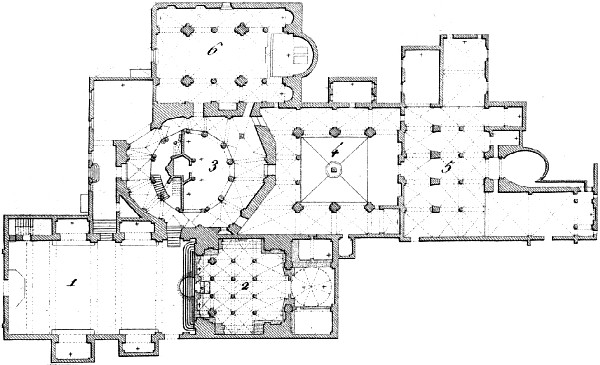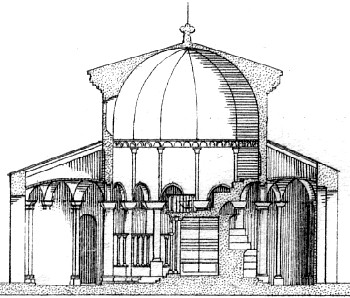Vassallectus (Vasaleto)
architect, sculptor, and mosaicist.
The name Vassellectus, variously spelled, appears in inscriptions on several monuments of the thirteenth century in the vicinity of Rome. The most imortant of these, the cloister of S. Giovanni in Laterano, which was probably built about 1230, bears this inscription, discovered by Count Vespignani in 1887: NOBILIS ET DOCTUS HAC VASSELLECTUS IN ARTE, PATRE COEPIT OPUS SOLUS PERFECIT IPSE. The inscription indicates that the sculptor belonged to a family of Marmorarii (marble workers). A throne with lions, which was made about 1263 for the Abbot Lando, and is now in the museum of the cathedral of Anagni, Italy, is signed Vasaleto de Roma me fecit. The name appears also on an Oedicula for holy oil in the church of S. Francesco at Viterbo. It is supposed by Frothingham that the fine monument of the Pope Adrian V in this church was made by the same person. Less important works are a lion before the church of SS. Apostoli (Rome), and a candelabrum in the church of S. Paolo fuori le Mura (Rome). There is also an inscription which belongs to a monument which stood in the old basilica of S. Peter's (Rome). Those works may be by one person or several. De Rossi supposes that there were four. A screen in the cathedral of Segni, dated 1185, and a canopy in the church SS. Cosmo e Damiano (Rome) appears to be by an earlier member of the family.
  
Plan and detail of a capital of one of the four principal pillars of the Church of St. Peter and St. Paul.
Another capital from one of the columns of the nave of the same church.
Capital of the Ionic order, from the Church of the Trinity.
| |

1. The six churches of which the plans are here given, nos. 1 to 6, are thus grouped at Bologna, under the title St. Stephen, the church no. 1, however, being more particularly dedicated to the saint.
2. Subterranean Church of S. Lorenzo, beneath that of St. Stephen, and serving as the Confession.
3. Church of the Holy Sepulchre; according to tradition the baptistery of St. Peter and St. Paul, no. 6, the first cathedral built at Bologna.
4. Another church, called the Court of Pilate.
5. Church of the Trinity.
6. Church of St. Peter and St. Paul.
| |
 
Transverse section of the Church of the Holy Sepulchre; two of the figures of the four Evalgelists ornate the pulpit of this church.
Large vase in marble, called the basin of Pilate; from an inscription upon it, it would appear to be of the time of Luitprand, king of the Lombards, in the eighth century.
|